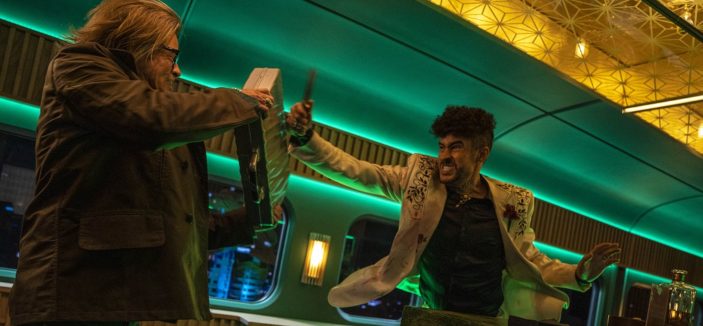Reflection: Pre production
I don’t usually work on the “non-creative” side of production. What i mean by that is having a job the focuses primarily on the documented and paperwork/ legal work side of a production. For me, this was great experience for me to learn how to take charge in how i can properly organise a shoot and a team to prepare for a film within all its guidelines. I took this as a great learning experience to understand the lengths one goes through in preparing for production of a film, filling in the necessary paperworks was a great learning curve into managing how the days should be run as well as how the safety and time elements should be organised. The most difficult part of the pre-production process was the casting call, we had a lot of difficulty in finding actors to star in our film. it made it extremely more difficult having a kid in our film and trying to work around the legal elements of hiring a child actor. To work around the legal side of working with a kid, it was a convenient choice to get my brother to play ‘Shane’. For the rest, it became easier once we gathered all the connections we collectively had and discussed who would fit each role. This helped save our casting call and audition process a lot of time. However, the pre production stage worked well for us, we were well organised before our shoot and had everything ready including a fully drawn storyboard to help visualise our shots, all documents were printed out, making our production process as smooth as can be.
Reflection: Production
The most difficult part about being a production manager is attempting to align everyones schedules together, we all have conflicted times that made it nearly impossible to organise shooting, meetings and editing shifts. Our initial shooting days worked out perfectly with our team as it was something we had to plan months in advance. The only problem was, that we couldn’t get all shots to be finished within the shooting days we set. Despite attempting to stick to schedule, some shots made were hard to move from, meaning more time spent to create the directors vision. It became difficult after the following days to organise a day where everyone was free to continue shooting. Which meant others had to fill in for certain production roles as well as fill in for acting roles. However this taught me how to adapt within certain situations that deprived us of being fully functional, delegating certain tasks and ensuring we had the opportunity to continue filming allowed us to get the filming done with the constraints that were inevitably pushed upon us. In the end i am proud of how we as team worked around scheduling conflicts and while i wish our outcome was better, i understand that we did the absolute best regarding the situation we were in and am happy that we can walk away at the end of the day with a finalised project that represents the original vision of the film.

Reflection: Post production
With our shots filmed we could finally take them to the editing suite to put together, this was the slower process of our production just because we had a lot to fix up within the edit of our film. What made it even more difficult however was that while our editor Karl was editing the start of our film, we had to shoot what was left. this made it difficult to prepare a proper draft with all our scenes in time for our reflective screenings for feedback. Despite this, we made sure that we would all assist within the editing suites so that we could speed up the process as fast as possible, this meant some of us would edit different sections or scenes and put them together. Ultimately i’m happy with how the final film turned out, there were a lot of complications to deal with. and it didn’t help that mid edit there was an evacuation a day before submission only further delaying our progress. But what mattered was that we pushed through these instances and still managed to deliver a film that we could be proud of on time. I had a lot of fun on top of the load of stress this project brought, but i’m happy with how we as a team handled complications and how dedicated we were within our roles to deliver what we could.









 (Because Stephanie wanted to see my music collection
(Because Stephanie wanted to see my music collection 

